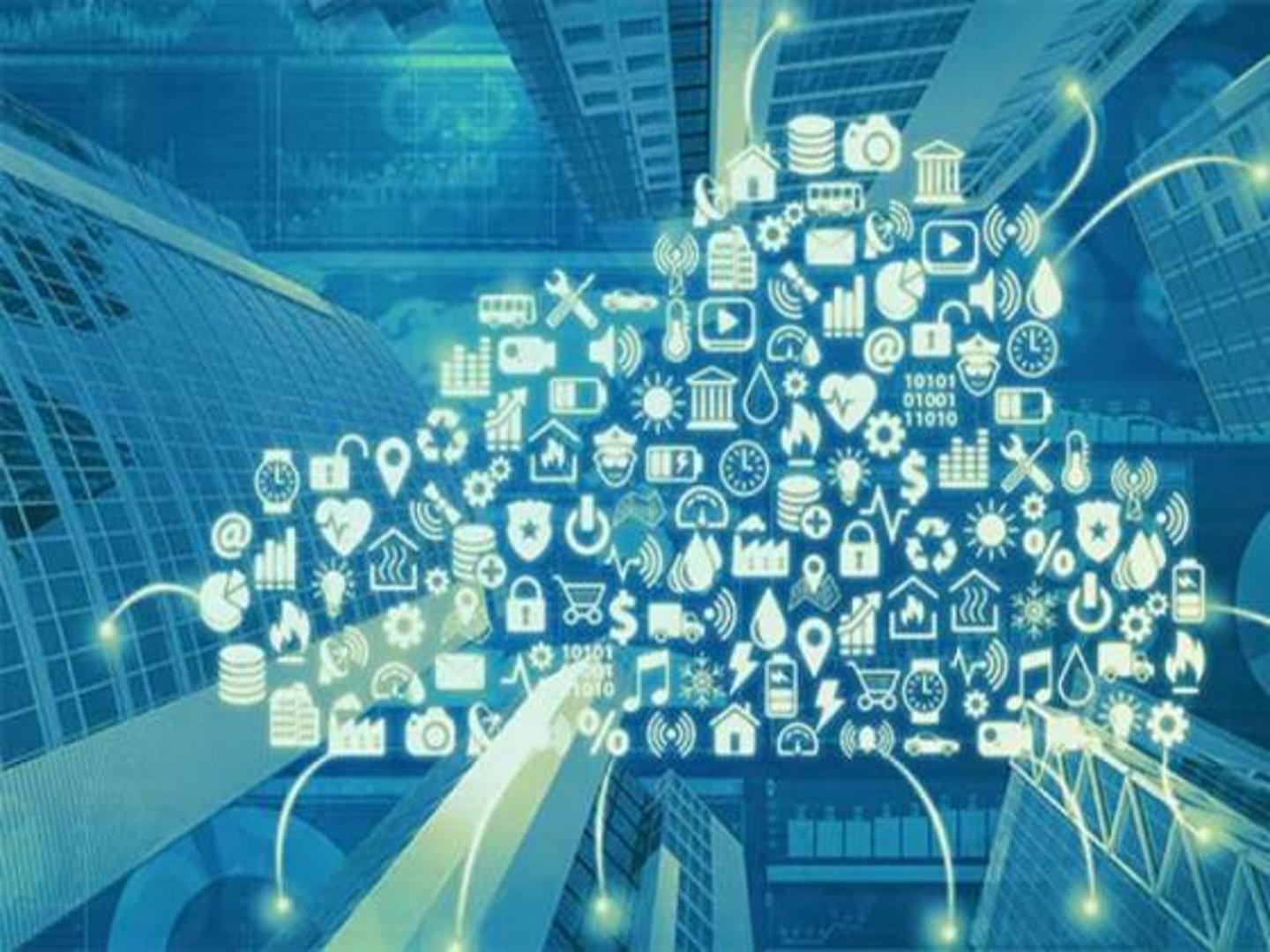CSA Exclusive: Innovation comes to exception-based loss prevention
Exception-based reporting (EBR) for loss prevention is being enhanced with technologies such as 5G networking, video analytics, RFID, and blockchain.
Chain Store Age has an exclusive preview of a new white paper from Cambridge Retail Advisors, “Loss Prevention: What Retailers Don’t Know Might Hurt Their Bottom Line.” The paper outlines how EBR loss prevention technology has evolved from its mid-1990s client/server-based roots to encompass built-in enhanced analytical capabilities to pinpoint exceptions across massive data sets.
In addition, EBR findings can now be built into prescriptive alerts that are delivered to the right person, who can then take prescribed corrective action. This enables retailers to leverage EBR to not only combat shrink, but also across areas of the business including labor, margin, compliance, customer retention, and lost sales.
Following is a summary of how Cambridge Retail Advisors views the roles that several different leading-edge technologies can play in enabling EBR innovation.
5G Networking
5G is the fifth-generation standard for broadband cellular networks. It is designed to deliver higher peak data speeds, low latency, and offer more reliability. These improvements enable increased data consumption and Internet of Things (IoT) usage within retail.
According to Cambridge Retail Advisors, retailers can make more informed decisions with the enablement of real-time data from 5G, including POS transactional data, resulting in better inventory management, shrink reduction, and investment decisions. 5G can also enable retailers to move e-commerce data faster.
Video accessibility tied to the POS stream can also improve with 5G, as retailers no longer need to limit the use of video reviewing over their store and corporate networks (see more below). Cambridge Retail Advisors also says that other emerging loss prevention technologies like facial recognition can be enabled via 5G.
[Read more: CSA Exclusive: AT&T exec discusses 5G impact on omnichannel retail]
Video analytics
In one example of video analytics technology supporting EBR-based loss prevention, facial recognition solutions can identify and alert the proper resource when a known shoplifter enters its establishment. This also enables retailers to identify customers upon entry to the store and provide a more personalized experience.
When partnered with IoT solutions such as intelligent shelving sensors and RFID-enabled continuous inventory monitoring (see more below), video analytics can help reduce inventory inaccuracies and alert store personnel when items go missing.
Having access to real-time data could also aid store leadership in obtaining instant feedback on the effectiveness of planograms, advertisement placements, and end caps. Feeding this data into an EBR solution allows for patterns and exceptions to be detected and acted upon by loss prevention staff.
RFID
According to Cambridge Retail Advisors, RFID technology enables retailers to give each item in their inventory a unique Electronic Product Code (EPC) number, which acts like an automobile Vehicle Identification Number (VIN). All products can then be tracked like an automobile, with a number that identifies where it was purchased, when it was purchased, from which retailer, what store, what time, for how much, and to whom—or even if it was purchased or stolen and potentially who stole it.
[Read more: CSA Exclusive: Twelve retail business cases for RFID]
Blockchain
Cambridge Retail Advisors defines blockchain as a network of computers (nodes) that agree at regular intervals on the true state of a distributed ledger. Blockchains can track assets and record transactions, credentials, and other minute details of a transaction, providing transparency and security.
Blockchain information is delivered to all parties within minutes; and is accurate, shareable, and transparent. Thus, Cambridge Retail Advisors says ledgers on a blockchain provide a “single view of the truth” where all details are shared to all members, with exceptions easily flagged.
Loss prevention-related use cases for blockchain technology cited by Cambridge Retail Advisors include tracing goods across the entire supply chain, source to shelf. Items can be tracked in warehouses, during transportation, in stores, and during purchase (including the identity of the purchaser).
[Read more: Report: New Amazon blockchain solution targets product authenticity]


